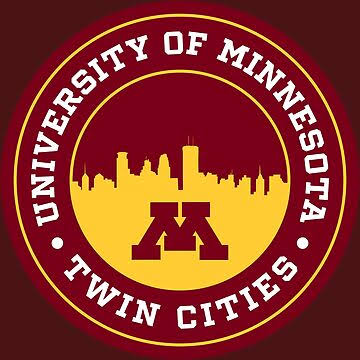
Introduction
The University of Minnesota stands as a beacon of academic excellence and innovation among the nation’s premier public research institutions. As a public land‑grant research university, it embodies a spirit of creativity, rigorous inquiry, and a steadfast commitment to public service that has shaped generations of scholars, leaders, and trailblazers. With its central campus intricately woven into the fabric of Minneapolis and its satellite presence in neighboring communities, the University of Minnesota offers an environment where research, teaching, and cultural enrichment converge. This institution not only provides a rigorous academic framework but also nurtures an inclusive community that welcomes diverse ideas and global .

A Storied History and Rich Tradition
Founded in 1851—well before Minnesota’s admission as a state—the University of Minnesota began as a modest college preparatory school with an ambitious vision for education. Its early beginnings closely tied to the land‑grant tradition paved the way for a transformation into a leading public research university. Over time, transitions in educational philosophy and societal needs fueled expansive growth, allowing the university to evolve from localized instruction to global academic influence. Historically known as the University of Minnesota Twin Cities, its journey reflects an enduring commitment to inquiry, innovation, and community service.
Throughout its storied history, the institution has played a key role in steering national discussions on science, technology, and public policy. It is through such transformative milestones—ranging from groundbreaking research projects to pioneering educational initiatives—that the university has emerged as a noteworthy contributor not only in the Midwest but also on the international stage. Today, its legacy is celebrated as much for its academic pedigree as for its tireless efforts in bridging education with societal advancement.

Academics and Research Excellence
At the heart of the University of Minnesota’s reputation lies a robust academic portfolio that is as diverse as it is comprehensive. The institution offers over 150 undergraduate majors, alongside more than 550 graduate and professional programs, which together ensure that every student finds a field of study that resonates with their passion. With a student body exceeding 56,000 individuals in recent terms—and undergraduates numbering around 31,850—the academic atmosphere is one of collaboration and intellectual challenge. The student‑to‑faculty ratio is designed to foster meaningful interaction, with nearly 5,000 academic staff ensuring that students receive personal mentorship and creative academic guidance.
The university’s classification as an R1 institution, indicating very high research activity, underscores its dedication to pushing the boundaries of knowledge. Students and faculty engage in interdisciplinary research spanning areas such as environmental science, biomedical innovation, engineering breakthroughs, and the humanities. Cutting‑edge research laboratories and state‑of‑the‑art facilities are not just physical structures but are symbolic of an environment that prizes curiosity and rigor. Notably, the university’s research achievements include breakthroughs that continuously contribute to innovations in technology and medicine, complemented by a legacy that boasts several Nobel laureates and recipients of other prestigious honors.
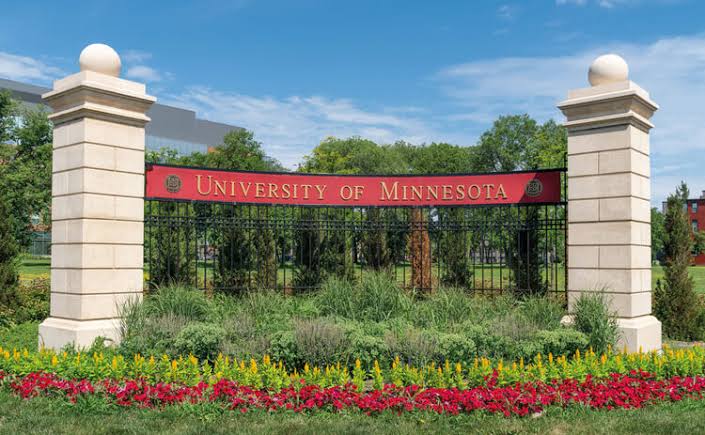
A particularly admired aspect of the academic experience here is the emphasis on experiential learning. From internships and co‑operative education placements to international study programs that see more than 4,000 students journeying abroad each year, the blend of classroom theory with practical experience ensures that graduates are well‑equipped for global challenges. These opportunities not only broaden intellectual horizons but also encourage students to translate ideas into tangible outcomes that benefit society at large.

Campus Life and Athletic Spirit
Spanning an impressive 2,730 acres, the University of Minnesota’s Twin Cities campus is a vibrant tapestry of modern facilities, green spaces, and historical landmarks. The expansive campus is situated across urban and suburban settings, providing an ideal backdrop for a rich mix of academic endeavors and recreational pursuits. The architectural blend of historic buildings and contemporary research centers creates a dynamic atmosphere where tradition meets progress. Students here have the privilege of immersing themselves in a community marked by active intellectual discussion, diverse cultural events, and a palpable sense of pride.
Central to the university’s identity is its athletic tradition, with the Minnesota Golden Gophers epitomizing both competitive spirit and community pride. Competing at the NCAA Division I level as a member of the Big Ten Conference, the Golden Gophers have secured 29 national championships over the years. These achievements not only highlight the prowess of the athletic teams but also embody values of teamwork, perseverance, and resilience that are echoed in academic pursuits. The iconic maroon and gold colors rally the community together, reinforcing the university’s long‑standing tradition of excellence in both sports and scholarship. Whether cheering on athletes at a live game or participating in one of the many campus activities, the student experience is enriched by a balance of intellectual engagement and spirited recreation.
The campus is more than just a place for academic excellence—it is a living, breathing community. From student organizations and research symposiums to art exhibitions and cultural festivals, there is always a new opportunity for personal and intellectual exploration. This vibrant social and extracurricular life helps to create a holistic educational environment where the cultivation of leadership, creativity, and civic responsibility is a daily occurrence.
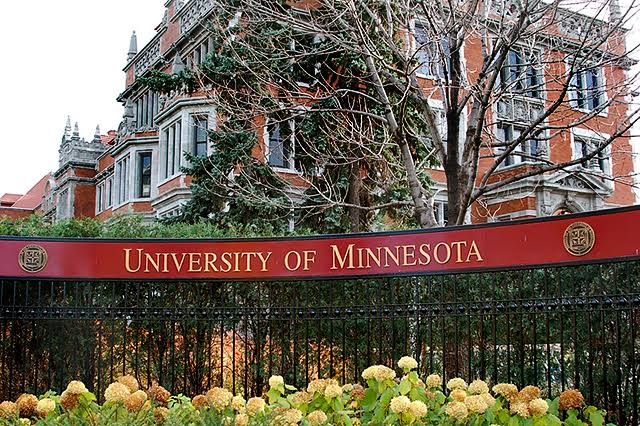
Financial Sustainability and Strategic Vision
The financial robustness of the University of Minnesota is a critical pillar supporting its mission of academic distinction and innovative research. With a system‑wide budget of approximately $4.5 billion and an endowment exceeding $5.5 billion as of 2023, the university has the fiscal capacity to invest in cutting‑edge facilities, advanced research initiatives, and comprehensive student support programs. These financial resources are vital to maintaining and expanding the infrastructure that underpins a transformative educational experience.
The institution has demonstrated a keen commitment to making education accessible. Programs such as the U Promise Scholarship and Promise Plus Free Tuition underscore its dedication to reducing financial barriers and nurturing local talent. This commitment is further reflected in comprehensive financial aid packages and work‑study opportunities that collectively ensure that higher education remains within reach for a broad array of students. Strategic partnerships with industry giants, governmental bodies, and community organizations also serve to enhance the university’s research and educational missions. Such alliances pave the way for projects and initiatives in fields ranging from renewable energy to artificial intelligence, ensuring that the institution remains at the cutting edge of global innovation.
Looking toward the future, the University of Minnesota is poised to further its leadership role in addressing societal challenges. Investments in digital transformation, interdisciplinary research, and global outreach are central to the university’s strategic planning. As the world continues to evolve rapidly, the institution’s visionary approach ensures that it not only adapts to new trends but also actively shapes the emergent landscape of modern education.
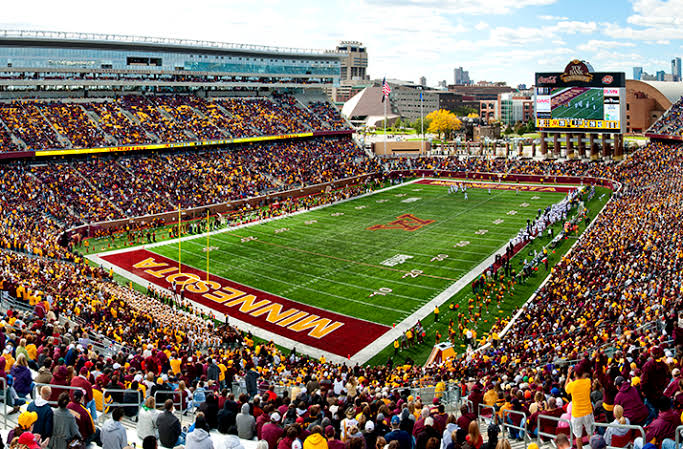
Research Impact and Global Contribution
Research at the University of Minnesota is more than a component of its academic curriculum—it is the pulse that drives discovery and societal advancement. Fueled by expansive federal and private funding, the university’s research initiatives span multiple disciplines and have significantly influenced industries, healthcare, and public policy. Whether through biomedical breakthroughs that save lives or engineering innovations that drive sustainable practices, the research environment here is characterized by ambition and invention.
The university has cultivated an ecosystem where both faculty and students are encouraged to pursue original research projects that address pressing global issues. Its classification among Public Ivies is a testament to its dedication to providing an education that rivals that of the nation’s most prestigious private institutions. By emphasizing a holistic approach to problem‑solving, the University of Minnesota continues to impact local communities and global markets alike, all while preparing its students to be thoughtful, proactive citizens of a rapidly changing world.
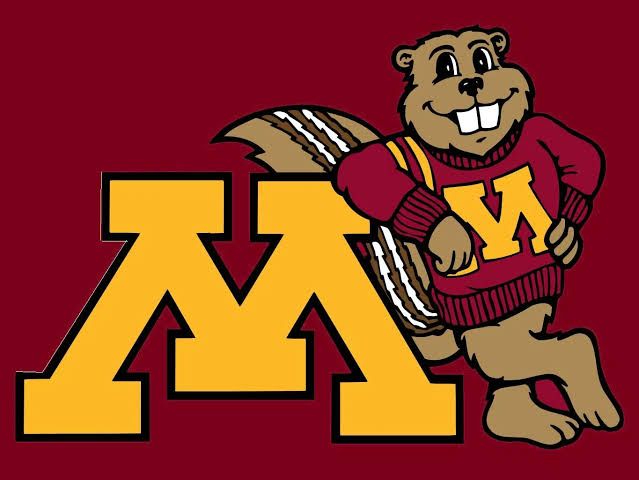
Conclusion
In sum, the University of Minnesota stands as a model of academic rigor, dynamic research, and vibrant community life. Its journey—from a modest preparatory school in 1851 to a renowned public research university—speaks volumes about its unwavering commitment to excellence, innovation, and public service. Today, students, faculty, and alumni collectively carry forward a legacy defined by bold ideas, athletic spirit, and a dedication to breaking new ground.
For those seeking a transformative educational experience that combines rigorous academic training with the vibrancy of campus life and real‑world applicability, the University of Minnesota presents an enticing prospect. It is an institution where history and modernity coalesce to create an environment that is both challenging and deeply rewarding. As the university continues to expand its boundaries and redefine what is possible, it remains a place where potential is not only imagined but also realized—a truly inspiring destination for lifelong learning and innovation.
Additional Thoughts
Beyond academics and research, prospective students and curious minds might also explore special initiatives, such as the innovative interdisciplinary projects, community‑based collaborations, and technology incubators that call the University of Minnesota home. These ventures further illustrate the institution’s commitment to carving out new frontiers in sustainable technology and global education—more topics that are as intriguing as they are promising for the future.
Whether you are drawn by a love for science, a passion for the arts, or the thrill of competitive sports, the University of Minnesota offers a comprehensive educational ecosystem that is ready to propel you into a future filled with endless possibilities.